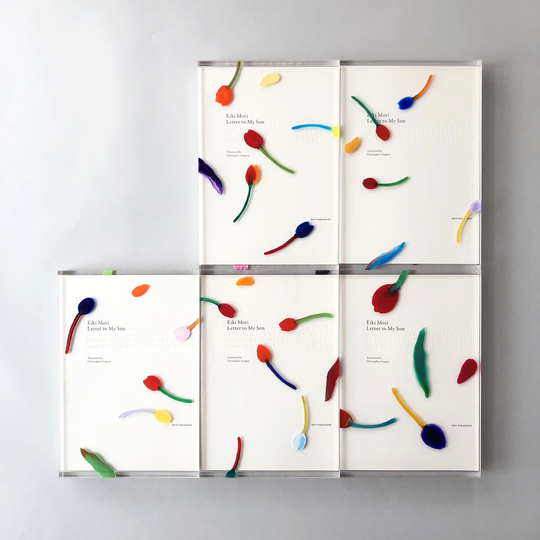
Eiki Mori's Book Box Die-in Tulips exhibition will be held at NADiff a/p/a/r/t to celebrate the second anniversary of the publication of Letter to My Son.

Eiki Mori's Book Box Die-in Tulips exhibition will be held at NADiff a/p/a/r/t to celebrate the second anniversary of the publication of Letter to My Son.
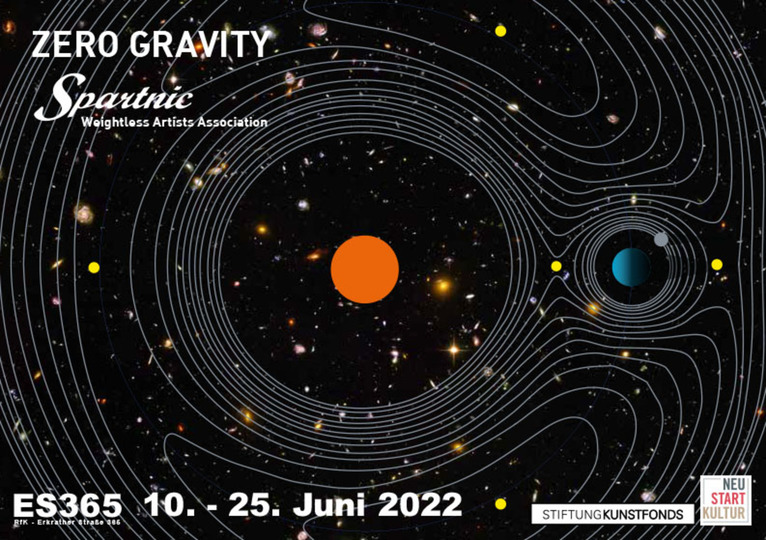
Mihoko Ogaki will participate in the exhibition ZERO GRAVITY, at Raum für Kunst, to be held from June 10 until 25, 2022.
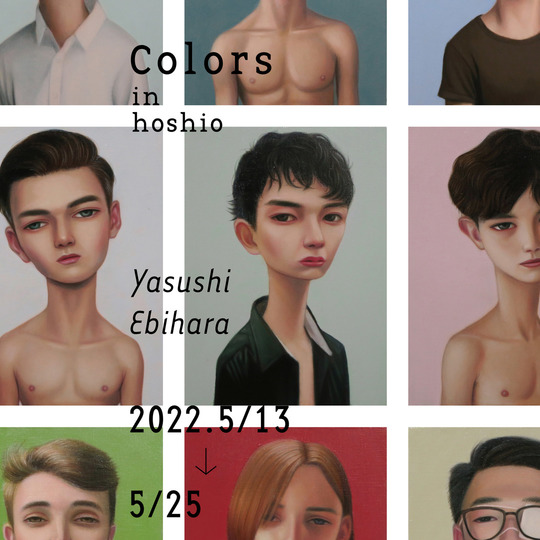
Ebihara Yasushi's solo exhibition "Colors" will be held at "Hoshio" in Shinjuku from May 13
*One drink order (evening) or one curry order (lunch) is required.
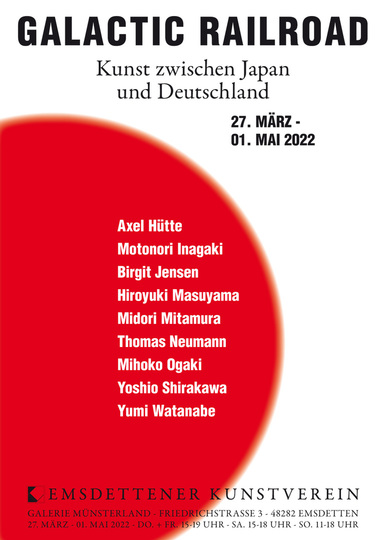
Mihoko Ogaki will participate in the exhibition Galactic Railroad. Art between Japan and Germany, at Emsdettener Kunstverein, to be held from March 27th (Sun) until May 1st (Sun), 2022.
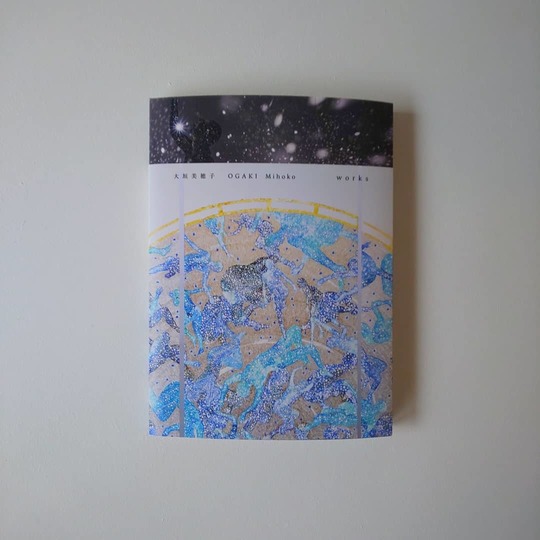
OGAKI Mihoko Works
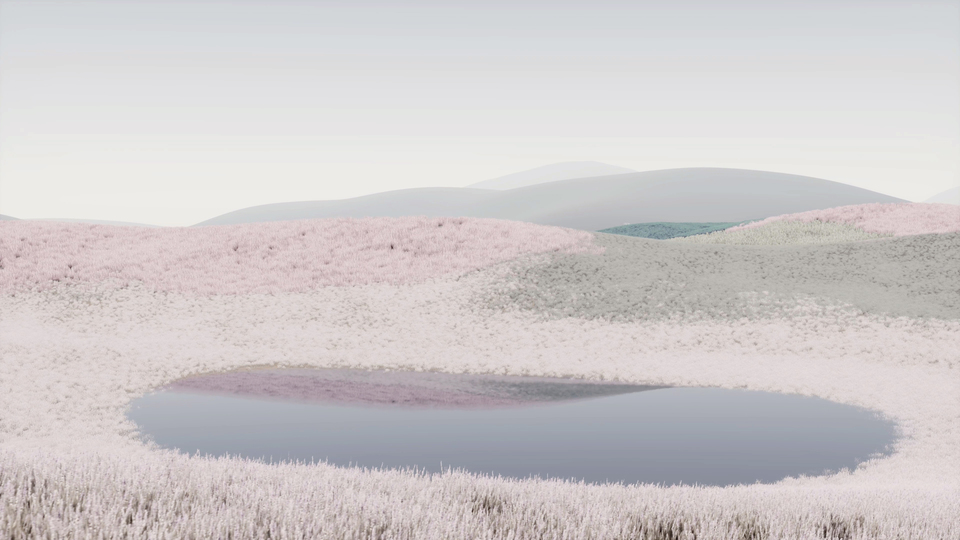
Unreal Ecology, a solo exhibition by Yuki Harada will be held from January 29th (Sat) until February 27th (Sun), 2022 at Kyoto Art Center.
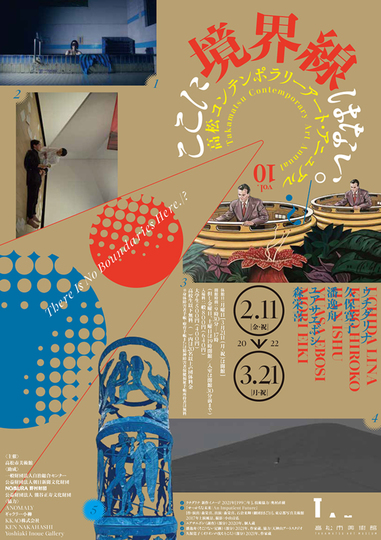
Eiki Mori will participate in the exhibition Takamatsu Contemporary Art Annual vol.10 There is No Boundaries Here./?, at Takamatsu Art Museum, to be held from February 11th until March 21st, 2022.
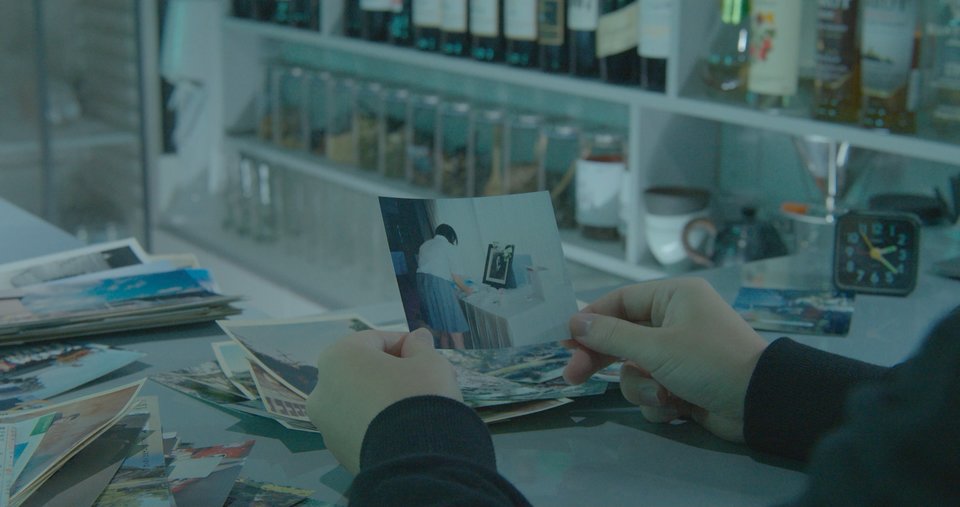
Occultic Yo Soy, a duo exhibition by Olta and Yuki Harada will be held at Decameron.
Details
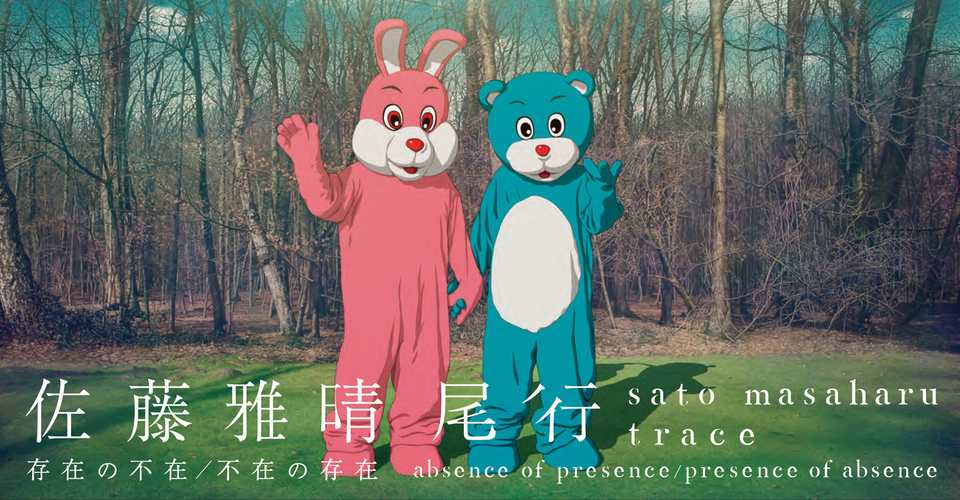
Sato Masaharu Trace—absence of presence/presence of absence, a retrospective exhibition of Masaharu Sato will be held from November 13th (Sat), 2021 until January 30th (Sun), 2022 at the Contemporary Art Gallery, Art Tower Mito.
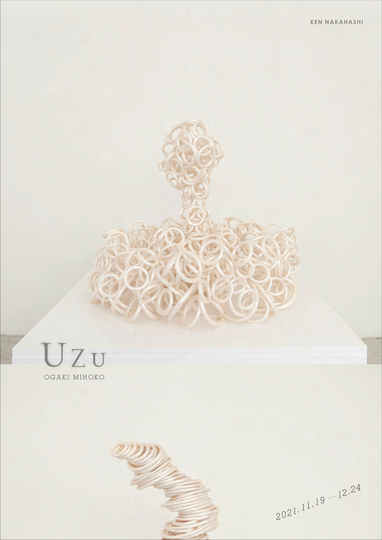
UZU, a solo exhibition by Mihoko Ogaki will be held from November 19th (Fri) until December 24th (Fri), 2021.
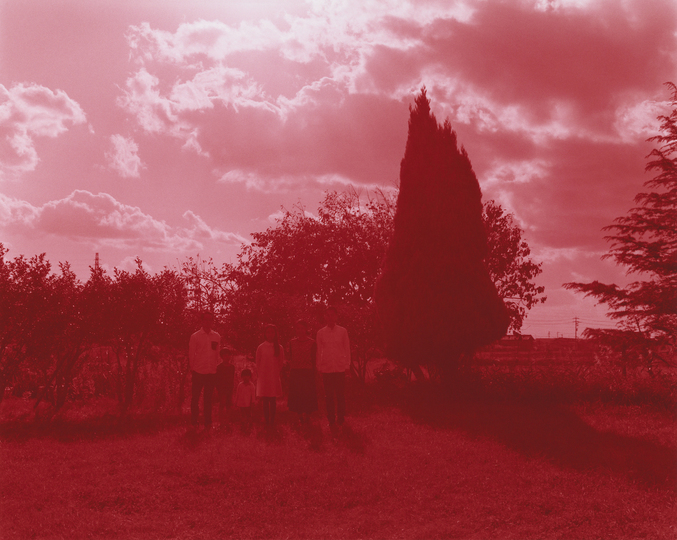
Eiki Mori will participate in the exhibition FEMINISMS at 21st Century Museum of Contemporary Art, Kanazawa.
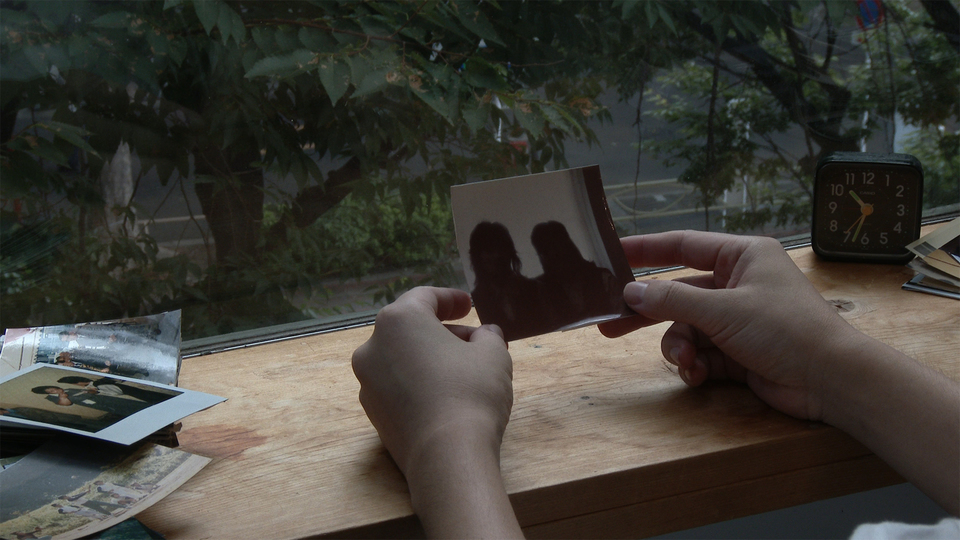
As a related program to Aperto 14 HARADA Yuki: Waiting for, an Artist talk by Yuki Harada will be held at the Lecture Hall of the 21st Century Museum of Contemporary Art, Kanazawa on Saturday, October 2.